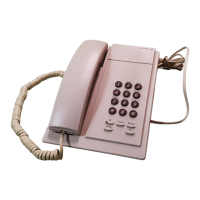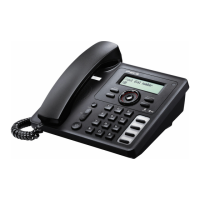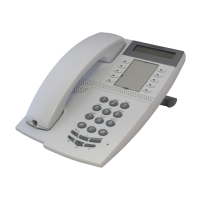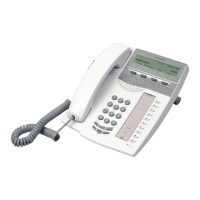GH688,GA628, Standard Electrical Repairs
4/00021-2/FEA 209 544/1.G 25 (112)
4.4 Both the earphone and microphone out of
order.
Open the phone and check for liquid damages.
Make sure there is no dirt or oxide between the components above the system con-
nector pads (fig. 4.4 or marked area in fig. 4.5). Check very thoroughly!
Fig. 4.4
Clean the marked surface using alcohol and a brush. Note! The dirt can be very hard
to remove but it’s important to wash it away.
Assemble the phone and try again as in 4.1.
If the fault remains, replace F603 and F604. It’s important to clean where the com-
ponents are supposed to be before mounting new ones.
Assemble the phone and try again as in 4.1.
If it still doesn’t work, open the phone, give the board power and start it up by press-
ing the On/Off key without the system cable connected.
Measure the voltage at both sides of R601 and at D600 pin 70 (~5V, fig. 4.4 and 4.2,
you follow the PHFI signal).
Measure the voltage at both sides of R605 and at D600 pin 67 (~5V, fig. 4.4 and 4.2,
you follow the EXTAUDI signal).
• If the voltage is low only at one side of R601 or R605, replace the corresponding
resistor (fig. 4.4, both of class A).
• If the voltage is low at both sides of R601 or R605, check the VSIMPAD voltage
at the marked sides of R635 and R636 (~5V, fig. 4.4).
* If there is no voltage, check the resistance from the marked side of R635 or
R636 to N705 pin 3 (~0 ohms, fig. 4.4 and 4.2).
* If the resistance is too high there’s a foil damage and the phone is to be
discarded.
* If the resistance is correct, proceed to section 4.3.
* If there is VSIMPAD voltage at the marked side of R635 or R636, measure
the resistances of them (both are ~22 kohms and in fig. 4.4).
* If any of the resistances are incorrect, replace the corresponding resistor.
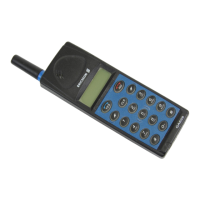
